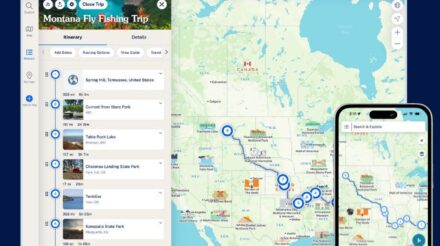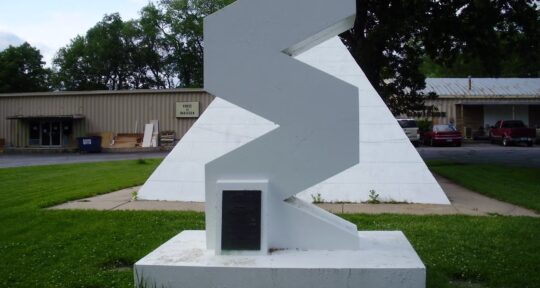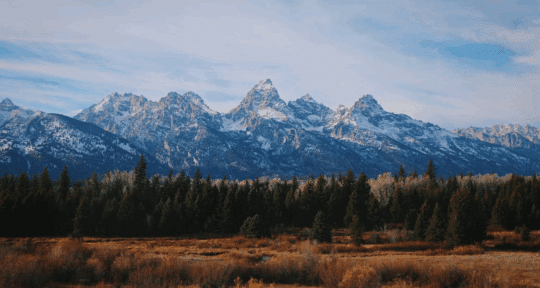Driving along I-565 in northern Alabama, my eyes are inexorably drawn to the towering rocket that sits along the highway. I’m a few miles outside Huntsville, also known as Rocket City, USA. Of course, one doesn’t likely end up in Huntsville without knowing it’s called Rocket City—or that the rocket is a Saturn V replica, erected in 1999 to mark the 30th Anniversary of the Apollo 11 moon landing.
Twenty years later, the Saturn V is still standing. Now a local landmark, it’s set to be the epicenter for festivities in Huntsville to mark the 50th anniversary of Buzz Aldrin and Neil Armstrong’s historic first steps on the moon, on July 20, 1969. It serves as a monument to human ingenuity, outside the U.S. Space & Rocket Center. This facility holds Space Camp—a dream destination for prospective astronauts—and the official visitor center for NASA’s Marshall Space Flight Center.

NASA Marshall is little-known among those who aren’t diehard NASA or space enthusiasts. But while space centers like Kennedy (in Florida, where the launches happen) or Johnson (in Houston, where the astronauts are trained) get more attention and screen time, Marshall is a critical player in the national effort to send technology and humans to space. In some ways, NASA’s space efforts started at Marshall—and certainly our lunar dreams came into reality here.
The Saturn Project
You don’t have to be a space nerd to know why we went to the moon. In September 1962, President John F. Kennedy gave one of the most famous speeches in American history. The highlights included an ambitious goal and an even more ambitious timeline:
“We choose to go to the moon in this decade and do the other things, not because they are easy, but because they are hard, because that goal will serve to organize and measure the best of our energies and skills, because that challenge is one that we are willing to accept, one we are unwilling to postpone, and one which we intend to win, and the others, too.”
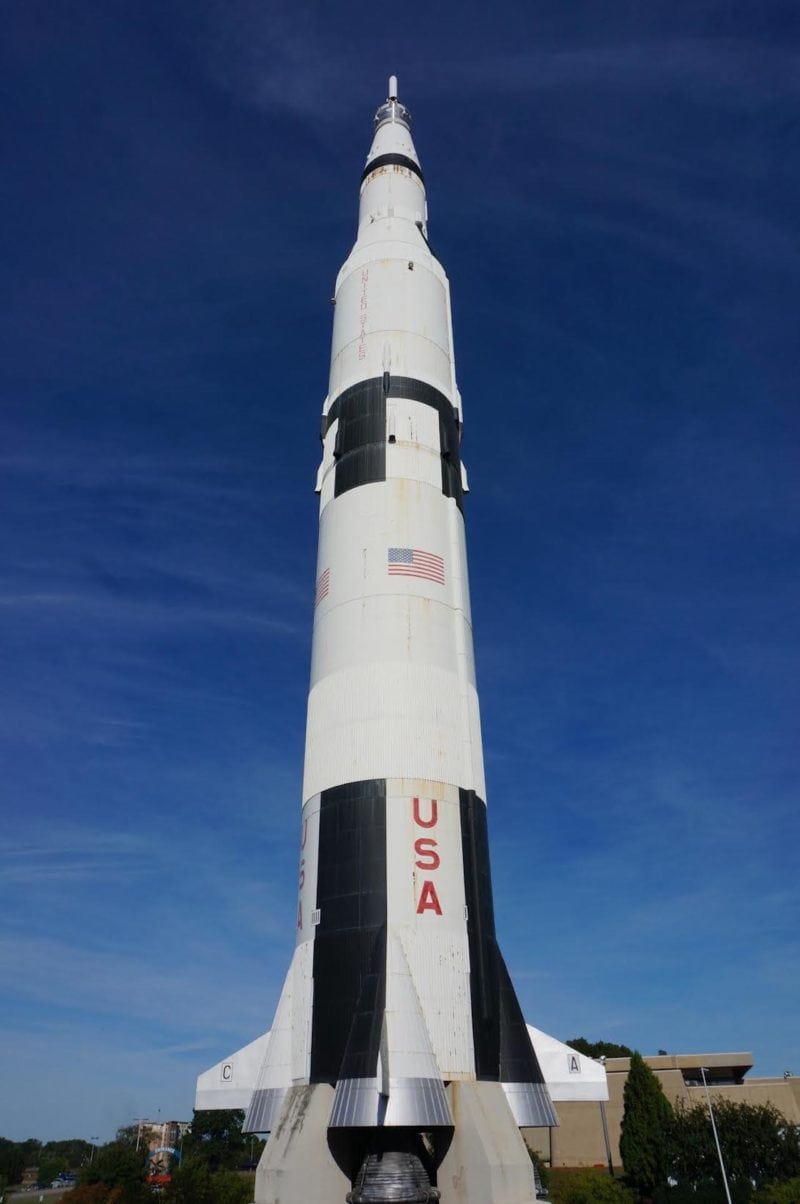
The president’s deadline of getting to the moon in less than eight short years would require NASA engineers and rocket scientists to think big. At the time, there was no rocket capable of lifting all of the things astronauts would need—or indeed, the astronauts themselves—for the eight-day round-trip journey. The Redstone rocket that had taken the first American, Alan Shepard, to space a few years earlier, was at its core a modified missile. The Juno rocket that had taken the first U.S. satellite to space didn’t have enough thrust to lift the weight of a command capsule, lunar lander, and three astronauts.
Scientists at NASA Marshall had already begun work on a new generation of rockets before President Kennedy’s speech. Called the Saturn project, early Saturn I rockets weren’t powerful enough for a moon mission. They needed a new, more powerful rocket than had ever been built. That rocket would be the Saturn V.
“After President Kennedy’s speech in 1962, Marshall continues its work on the Saturn Program,” says NASA historian Brian Odom, who lives and works in Huntsville. “This would eventually lead to the development of the Saturn V. That’s what we were doing in the sixties.”
A joint effort
Standing under the five gargantuan F-1 engines on the end of a Saturn V test vehicle in a hall of the U.S. Space & Rocket Center, it’s hard to believe a rocket this big is real. It’s even more incredible to believe it worked—and that it carried 18 men to the moon, 12 of whom walked on its surface.
Walking the length of the Saturn V, which extends a towering 138 feet from engines to nose, I’m struck by its sheer power. Most of the length is taken up with fuel tanks whose sole purpose was to defy the earth’s gravity. Small sections are devoted to computer systems—again astonishing given the rudimentary capabilities of computers in the 1960s compared to today.

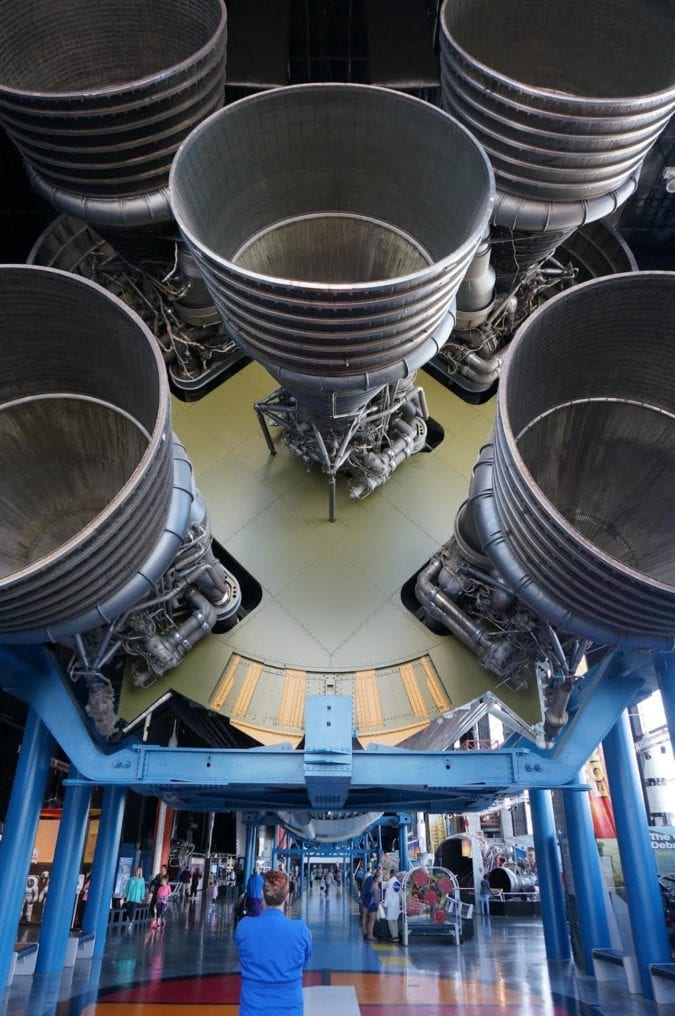
Though the idea for the Saturn V originated in Huntsville and the retired rocket resides in the same town, the credit for building a rocket can never be claimed by one city, or even one state. The pieces and assembly connect a network of NASA facilities across the southern U.S. “It took 40,000 people across the country creating and assembling millions of parts to put people on the moon,” Odom says. “And, as the astronauts say, it was all done by the lowest bidder.”
Once the rocket science checked out on the idea of the Saturn V rocket and the engines it would need, NASA engineers and subcontractors actually built and tested the rocket in the neighboring states of Louisiana and Mississippi. Outside New Orleans, Louisiana Michoud Assembly Facility became the place where major components of the Saturn V were constructed. Across the river in Mississippi, Stennis Space Center tested the F-1 engines in massive test stands capable of handling the thrust and vibration. (Nearby houses didn’t fare so well: Windows were shattered during early tests.)
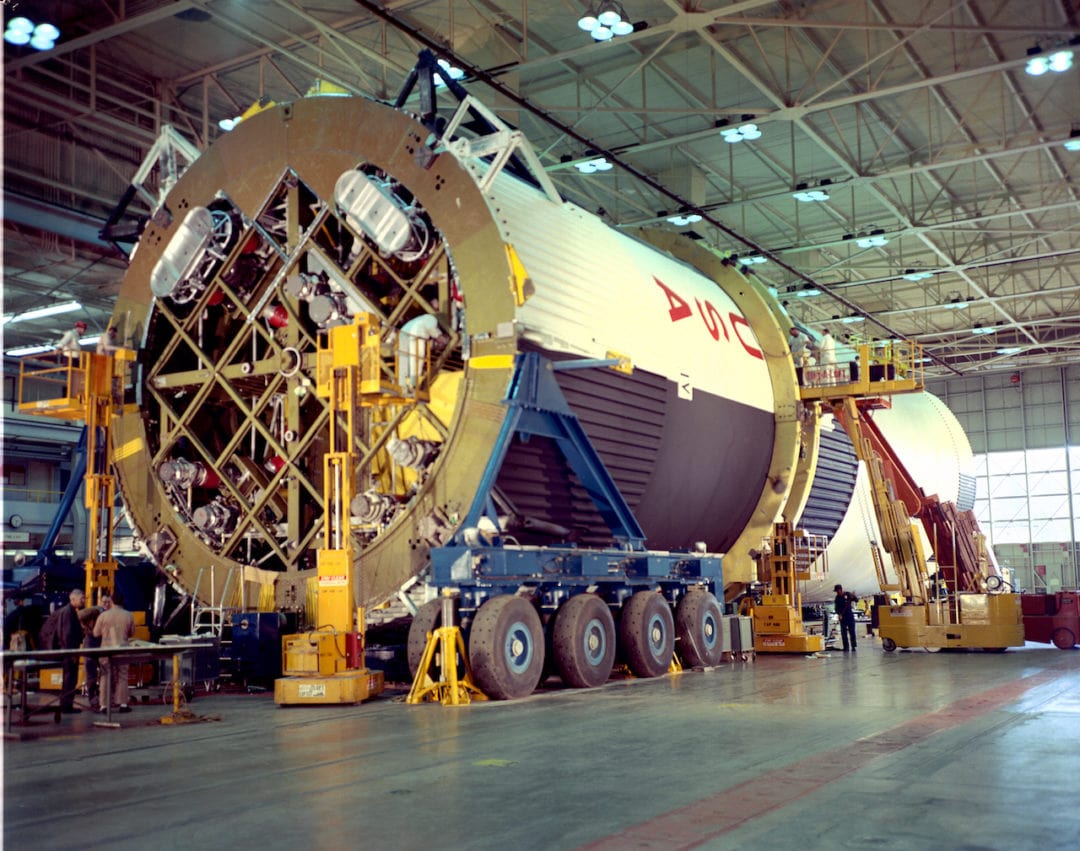
All three cities are connected by the Tennessee River. “The important thing is the waterways,” explains Odom. “The Tennessee River allows NASA to move even bigger rockets through the southern waterways.” Massive components of the Saturn V would journey from Michoud, to Stennis, back to Michoud, or up to Huntsville on barges. When the Saturn V was finally assembled, tested, and ready to launch, it would traverse the Tennessee River to the Gulf of Mexico, making its way around Florida to Kennedy Space Center. Transportation designed for space was moved on the water.
The space mission continues
When the time came and all the testing was complete, Buzz Aldrin, Neil Armstrong, and Michael Collins climbed into the Apollo 11 Command Module as it stood atop the Saturn V on Launchpad 39-A in Kennedy Space Center in 1969. They strapped in, listened to the terminal countdown, and watched the earth fall away as the most powerful rocket mankind had ever built bore them on a historic journey to the moon. It has been 50 years since their mission, and NASA now has its sights set on the moon again. NASA rockets are still dreamed up in Huntsville, and still traverse the waterways of the south before they make their way to space.
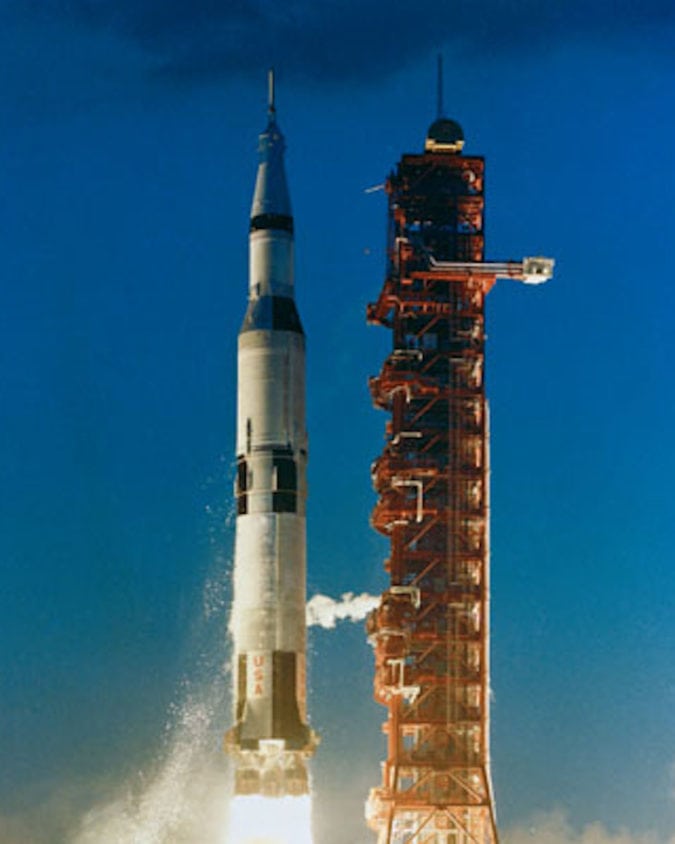
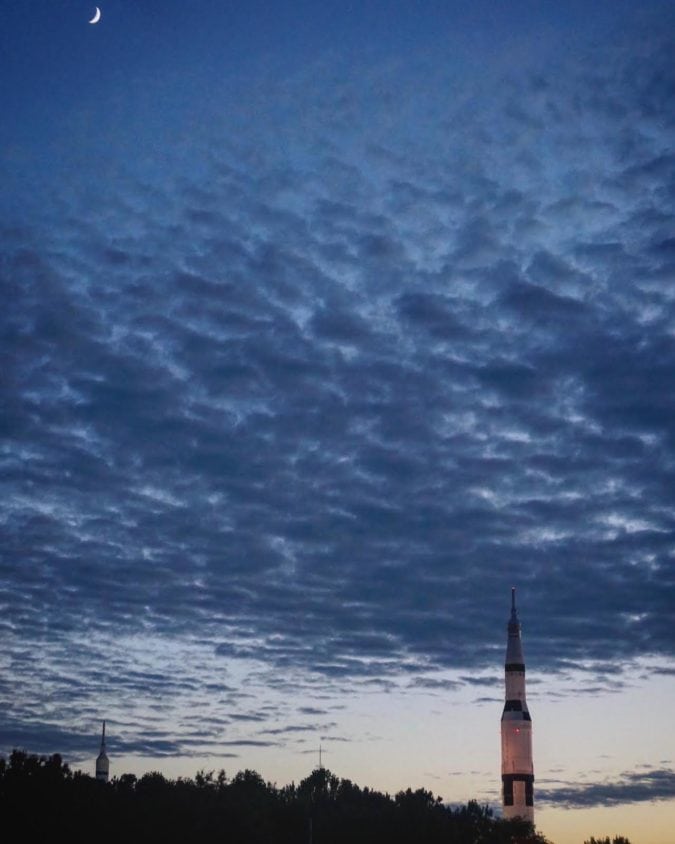
Standing in the shadow of Huntsville’s famous landmark Saturn V replica, I’m struck by the ingenuity, persistence, and incredible attention to detail it took to build a rocket capable of traveling to the moon. 50 years on, it’s an appropriate time to celebrate that achievement, and to gaze starward to see where we’ll go next.
If you go
The 55th anniversary of the Apollo 11 moon landing is July 20, 2024. It’s a perfect time to visit the major NASA centers across the Southern U.S. on the affectionately dubbed Rocket Road Trip. This route connects Kennedy Space Center in Florida, Marshall Space Flight Center in Alabama (for which you can purchase bus tour tickets at the U.S. Space and Rocket Museum), Stennis Space Center in Mississippi, Michoud Assembly Facility in Louisiana, and Johnson Space Center in Houston.

